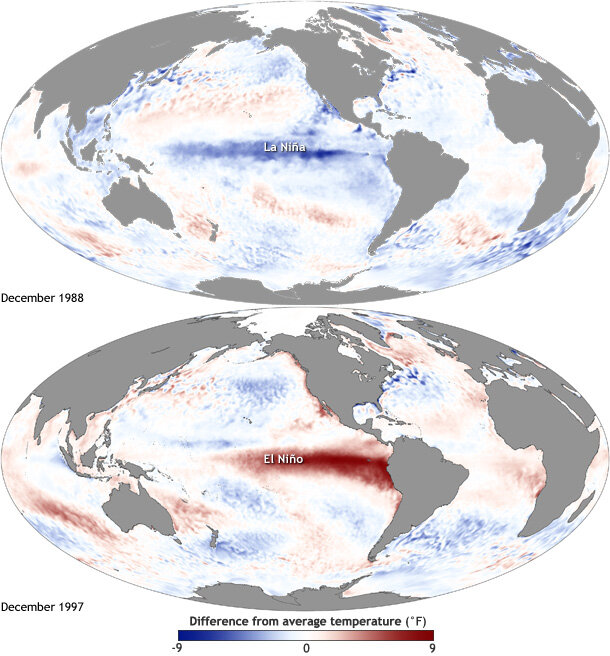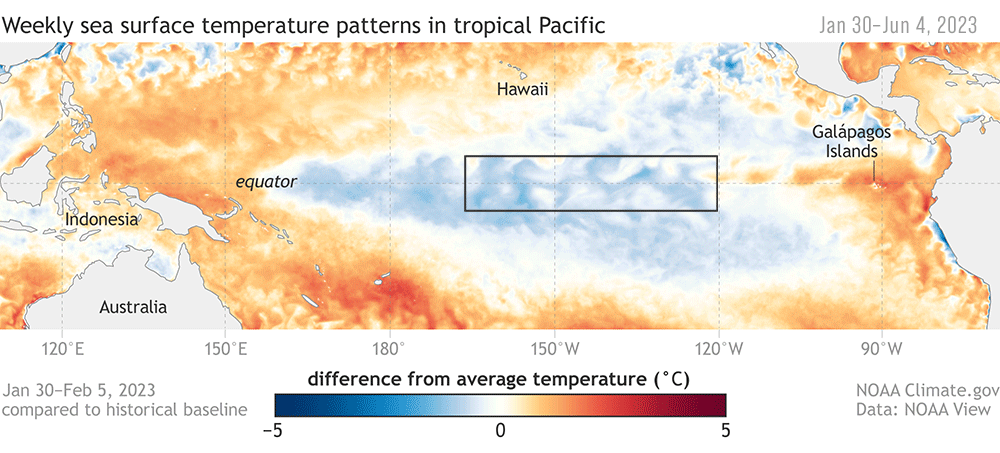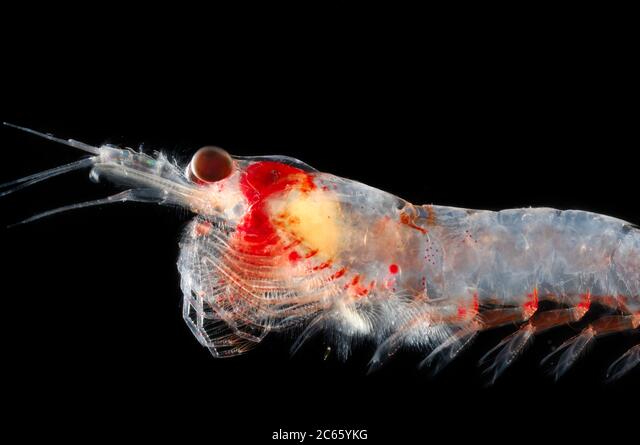Edited by Rachel Kaplan* & Lisa Hildebrand**
* PhD student, OSU College of Earth, Ocean, and Atmospheric Sciences and Department of Fisheries, Wildlife, and Conservation Sciences (FWCS), Geospatial Ecology of Marine Megafauna (GEMM) Lab
** PhD candidate, OSU Department of Fisheries, Wildlife, and Conservation Sciences (FWCS), Geospatial Ecology of Marine Megafauna (GEMM) Lab
Another year has come and gone, and the GEMM Lab has expanded and accomplished in many facets! Every year it gets just a little bit harder to succinctly summarize all of the research, outreach, and successes that the GEMMs accomplish and this year we are trying something a little different for our Year in the Life tradition. Rather than summarizing what the GEMM Lab has been up to thematically, we have decided to let everyone tell you their 2023 recap in their own words. So, snuggle up with your favorite holiday drink and enjoy our 8th edition of the Year in the Life!
Leigh
As the captain at the helm of the GEMM Lab ship, Leigh plays a major role in all of our accomplishments and celebrates them right along with us. She returned to Oregon after a very well-deserved, refreshing and reflective sabbatical in New Zealand, where she spent three months traveling the north and south islands with her family. One highlight of her trip was when Leigh went paddleboarding in Tarakena Bay and was surrounded by common dolphins the whole time, swimming around her and making eye contact! Almost immediately after her sabbatical, Leigh headed to the lagoons in Baja with Clara, which kick-started a busy year of field work as Leigh oversaw six different projects that involved field work throughout the year. In early summer, Leigh hosted her graduate advisor Dr. Andy Read as part of the OSU Hatfield Marine Science Center’s Lavern Weber Visiting Scientist program. Andy spent a jam-packed 10 days in Oregon, which included many meetings with Leigh and each GEMM project team as well as a fantastic first day on the water for the GRANITE project where Andy was introduced to the beloved PCFG gray whales! Another huge accomplishment for 2023 was Leigh’s successful funding application to the National Science Foundation for the SAPPHIRE project with Dawn and KC (more below), which will see the team head off for more blue whale research in New Zealand in January 2024!
Ale
For postdoctoral scholar Alejandro A. Fernández Ajó, a big highlight of 2023 was the 61 fecal samples from 25 individual gray whales collected by the GRANITE team, with most samples originating from known whales that regularly visit the Oregon coast. This presents a unique opportunity to study changes and track these individual whales across seasons and years, allowing us to observe variations in their reproductive health, body condition, and responses to stressors such as vessel noise and entanglements. Currently, Alejandro is back at his graduate institute, Northern Arizona University (NAU), conducting lab work to analyze these fecal samples. Monitoring endocrine biomarkers (hormones) enables us to understand how Pacific Coast Feeding Group (PCFG) whales respond to stressors, providing insights into different aspects of the PCFG gray whale’s biology and physiology.
In addition, Alejandro led research this year that assessed diagnostic tools for non-invasive pregnancy diagnosis, and proposed a methodological approach for identifying pregnancies in gray whales. He also taught as a guest lecturer in the grad-level course ‘Conservation Physiology’ at NAU and started mentoring Camila Muñoz Moreda, a PhD student in Argentina, investigating stressors impacting Southern Right Whales’ health in Patagonia. Alejandro was also invited and awarded a travel grant to participate in a workshop to be held in Kruger, South Africa, where a group of 20 leading experts will gather to discuss research approaches and resources that are needed for future comparative physiology research in a changing world.
Allison
Master’s student Allison Dawn started the year off by taking two challenging SCUBA courses, first honing skills like underwater navigation and completing a 100 ft dive in the Hood Canal as part of Advanced Diving. Her favorite memory was seeing a Giant Pacific Octopus with dive buddy and fellow MMI marine scientist Kyra Bankhead! Next, Allison passed her Rescue Dive training where she learned best practices for effective rescue & emergency response while working in the water. During this time, she also completed her Master’s thesis, titled “Intermittent upwelling impacts zooplankton and their gray whale predators at multiple scales” which she successfully defended this past June. Afterwards, Allison led another successful field season in Port Orford for the 9th consecutive year of the TOPAZ/JASPER projects, where she mentored two high school students, one undergraduate SCUBA diver, and one NSF REU undergrad. Read their individual blogs and all about the exciting season here!
Clara
2023 started off with a big data processing milestone for Clara – she finished annotating all seven years of drone footage for her PhD! She started working on this in her first year, so to finally have her completed dataset was momentous – and meant that she could get to work on analysis and writing. While nothing is yet published, her first chapter is under review and the second and third are both underway. She also presented the results of her first chapter, focused on individual specialization in PCFG gray whale foraging behaviors, at the Animal Behavior Society conference in July. In addition, Clara’s former REU intern, Celest Sorrentino, was in attendance, and Clara enjoyed mentoring Celest through her first scientific conference. Actually, Celest came back for the whole summer as a research assistant, processing data from Clara and Leigh’s trip to Baja California Sur, Mexico in March (read about Celest’s summer here).
Clara also taught her photogrammetry lab for Renee Albertson’s marine megafauna course for the fourth year in a row and gave outreach talks for the American Cetacean Society Oregon Chapter and the Cape Perpetua Land Sea Symposium. And an update wouldn’t be complete without mentioning field work! Clara participated in the GRANITE project’s eighth field season (her fourth). An absolute highlight was her trip to Baja with Leigh where she collected incredible drone footage and crossed paths with a known whale to the GEMM lab, Pacman! As she works through the final year of her PhD, Clara is excited to continue exploring this incredible behavior data set and learning more about these whales!
Dawn
Through the EMERALD project, postdoctoral scholar Dawn Barlow has been busy examining habitat use, distribution, and abundance of gray whales and harbor porpoises in the Northern California Current over three decades. This project has documented long-term hotspots in gray whale habitat, illustrated regional differences in overlap between harbor porpoises and different fish species, and explored the importance of upwelling dynamics for these nearshore cetaceans. Dawn presented findings at the Effects of Climate Change on the World’s Ocean (ECCWO) conference in Bergen, Norway, which was a fruitful opportunity to connect with researchers from around the world and across disciplines.
More exciting news came in spring 2023, when a GEMM Lab team was granted funding from the National Science Foundation for the project “Marine Predator and Prey Response to Climate Change: Synthesis of Acoustics, Physiology, Prey, and Habitat in a Rapidly Changing Environment (SAPPHIRE)”. Through the SAPPHIRE project, we will examine how changing ocean conditions affect the availability and quality of krill, and thus impact blue whale behavior, health, and reproduction. Dawn and the team are busily preparing to head to Aotearoa New Zealand to find krill and blue whales for our first field season in January!
Throughout 2023, Dawn also had the opportunity to conduct fieldwork here in our Oregon backyard aboard the R/V Pacific Storm for the HALO project, in the skies aboard USCG helicopters for the OPAL project, and as chief scientist of a research cruise for the MOSAIC project. She also had the pleasure of working with undergraduate student Mariam Alsaid to document the occurrence patterns of the little-studied sei whale in Oregon waters. The fifth and final chapter of her PhD was published in early 2023, wrapping up a decade of research on New Zealand blue whales through the OBSIDIAN project. In December, a collaborative study led by Dawn was published comparing blue whale morphology and oceanography of foraging grounds in California, New Zealand, and Chile. As 2023 comes to a close with various projects nearing completion, in full swing, and just beginning, Dawn looks forward to what 2024 will bring!
Kate
For Master’s student Kate Colson, a highlight of 2023 was teaching an introductory science class to first year undergraduate students at University of British Columbia (UBC). After shaping these young minds, she headed south and moved to Newport to be a part of the GRANITE field team and reunite with the PCFG gray whales! Kate spent the summer working to process the season’s CATS tag deployments, and successfully defended her Master’s thesis in August. After spending the fall turning her thesis chapters into manuscripts, she submitted her first scientific paper, and will be ready to submit her second early in the new year! And, after another season of beautiful Oregon beach walks, Kate finally found a trophy agate from the Oregon coast (see photo). Kate recently moved back to the east coast and has started a new research assistant job working with Dtag data, further developing the tag analysis skills she learned in her master’s program.
KC
This year was productive on many levels for postdoctoral scholar KC Bierlich! He published seven research papers, with an additional three currently in review, and was fortunate enough to receive several funding awards from a) the Marine Mammal Commission, supporting GRANITE fieldwork for the next two years, b) the National Science Foundation, funding the GEMM Lab’s new SAPPHIRE project, and c) the Office of Naval Research. This last grant will support KC launching MMI’s Center of Drone Excellence (CODEX), which focuses on developing analytical tools for processing and analyzing drone imagery, including user-friendly hardware and software. Some early highlights from CODEX includes major updates to the photogrammetry software MorphoMetriX and CollatriX, and the development of LidarBoX, a 3D printed altimeter hardware system that can attach to several types of commercial drones and help improve the accuracy of altitude measurements.
KC mentored seven students this year (two high school, two masters, and three undergraduates), and was awarded the “Excellence in Undergraduate Research Mentoring by a Postdoc” by OSU. He had a busy summer with another great GRANITE field season, and partnered with the Innovation Lab (iLab) at HMSC to develop a system for dropping tags onto whales using drones. The team successfully tested this tagging system on a stand-up paddle board, and next will employ the tags while studying Pygmy blue whales in January and February for SAPPHIRE. And most importantly, KC became a dad; Caroline Marie Bierlich was born in early September. KC and Colette have been absolutely overjoyed with their new role as parents!
Lisa
A big milestone was reached by Lisa in the first quarter of 2023 when she successfully passed her written and oral exams, allowing her to advance to PhD candidacy! Her committee members gave Lisa lots of food for thought in the many scientific papers and book chapters assigned to her during her study period, ranging in topic from Bayesian ecological modeling to baleen whale energetics to Pacific Ocean oceanographic dynamics to foundational foraging theory, all of which will help Lisa as she now works to accomplish her proposed PhD research in the next couple of years. Lisa was once again part of the GRANITE field team this summer, providing her the opportunity to spend over 130 magical hours with the beloved (and by now very well known to the team) PCFG gray whales! Together with KC, Lisa greatly enjoyed mentoring two high school interns, Hali Peterson and Isaac Cancino, during the summer as they assisted her with zooplankton identification and sorting. Hali, who lives and goes to school close to Newport, has continued working with Lisa for the GEMM Lab into the fall, helping with a number of tasks. Lisa was involved in five publications this year, of which she is probably most proud of the paper published in Current, the Journal of Marine Education, where together with Leigh and Tracy Crews (the Associate Director for Education at the Oregon Sea Grant’s STEM Hub), she laid out the roadmap, successes, and hurdles associated with JASPER, the STEM component of the paired TOPAZ/JASPER projects in Port Orford, Oregon. The project has graduated a total of 31 students and Lisa is immensely proud to have been part of this project that will forever remain near and dear to her heart.


Marissa
PhD student Marissa Garcia’s memories of the year take her back to early mornings driving down the Pacific Coast Highway, the Pacific Ocean as the backdrop to her daily commute to the Hatfield Marine Science Center. For Marissa, the highlight of 2023 was the extended stay — or “PhD sabbatical” — she carved out of the routine summer fieldwork for the HALO Project. Following a July crash course in modeling with Dawn, Soléne, and Leigh, Marissa implemented an oceanographic analysis to share at the Acoustics 23 conference in Sydney, Australia in December. Another highlight from her year was co-organizing the oral session “All Ears In: Advancing Ecology and Conservation with Bioacoustics” at the Ecological Society of America conference over the summer. Earlier in the year, Marissa was selected as an NSF GRFP Fellow as well as an Animal Bioacoustics representative for the Acoustical Society of America’s Student Council. Marissa is proud of the skillsets she gained this year: wrangling large acoustic data sets, running click detectors, wading through oceanographic variables, and setting her sights on species distribution modeling. This upcoming year, she looks forward to challenging herself to grow even more!
Nat
Although new PhD student Natalie Chazal is ending this year at Oregon State University, she actually started 2023 at North Carolina State University, where she defended her Master’s thesis in the spring. Over the summer, Nat submitted both of her thesis chapters for publication, and then moved to Oregon, spending a couple weeks in Newport where she got a taste of fieldwork in the GEMM Lab. During the fall term, Nat took Bayesian statistics with MMI professor Josh Stewart, where she dug into zooplankton tow data from the past 3 years of GRANITE work. She also took a few orientation courses that helped her understand the resources available at OSU and how to best prepare for the journey ahead. In between all of her classwork, TA grading, and research, she has explored the Pacific Northwest with hikes to Mount St. Helens and Mount Hood, birding on Mary’s Peak and Yaquina Head Outstanding Natural Area, and visiting waterfalls near Portland and Silver Falls State Park.
Rachel
2023 was a far-ranging year for PhD student Rachel Kaplan! Skipping out on the beautiful Oregon summer, she instead spent a six-month winter field season at Palmer Station, the smallest of the U.S. research bases in Antarctica. Working with her CEOAS co-advisor Kim Bernard and undergraduate student Abby Tomita, Rachel loved studying Antarctic krill through at-sea fieldwork and long-term experiments, with plenty of crafting and skiing through the long polar night. Now, she is thrilled to be back with her Oregon krill and labmates. Rachel is happy to be closing out the year with the acceptance of her first PhD chapter for publication, and is excited for all that 2024 will hold!


Solène
After almost three years of working remotely as a postdoctoral scholar, Solène Derville finally made it to Oregon! She spent a year in Newport, mainly working on the OPAL and SLATE projects that address the issue of whale entanglements off the coast of Oregon. Solène contributed to several GEMM Lab milestones this year, including finalizing the first phase of OPAL with a publication of a study investigating how the exposure of rorqual whales to Dungeness crab fishing gear varies in time and space (Derville et al. 2023 in Biological Conservation) and publishing an isotope-based analysis of southern right whale feeding ground distribution over the whole Southern Ocean (Derville et al. 2023 in PNAS). Being in Newport in person offered a lot more opportunities to participate in fieldwork (April STEM cruises, September NCC cruise, small-boat rorqual whale biopsy and photo-ID work) and academic life (co-teaching a graduate course on the Spatial Ecology of Marine Megafauna with Leigh and Dawn). She also got to explore the marvels of Oregon’s amazing outdoors… from climbing at Smith Rock, or skiing in the cascades, to hanging out with blue whales… all in the good company of GEMM Lab friends!




Dear reader…
Thank you, dear reader, for taking the time to review the year with us! You have once again been awesome, supportive viewers of our blog, with a whopping 25,893 views of our blog this year!! We wish you all restful, happy, and most importantly, healthy holidays, and hope you will join us again in 2024!
Did you enjoy this blog? Want to learn more about marine life, research, and conservation? Subscribe to our blog and get a weekly message when we post a new blog. Just add your name and email into the subscribe box below.
















